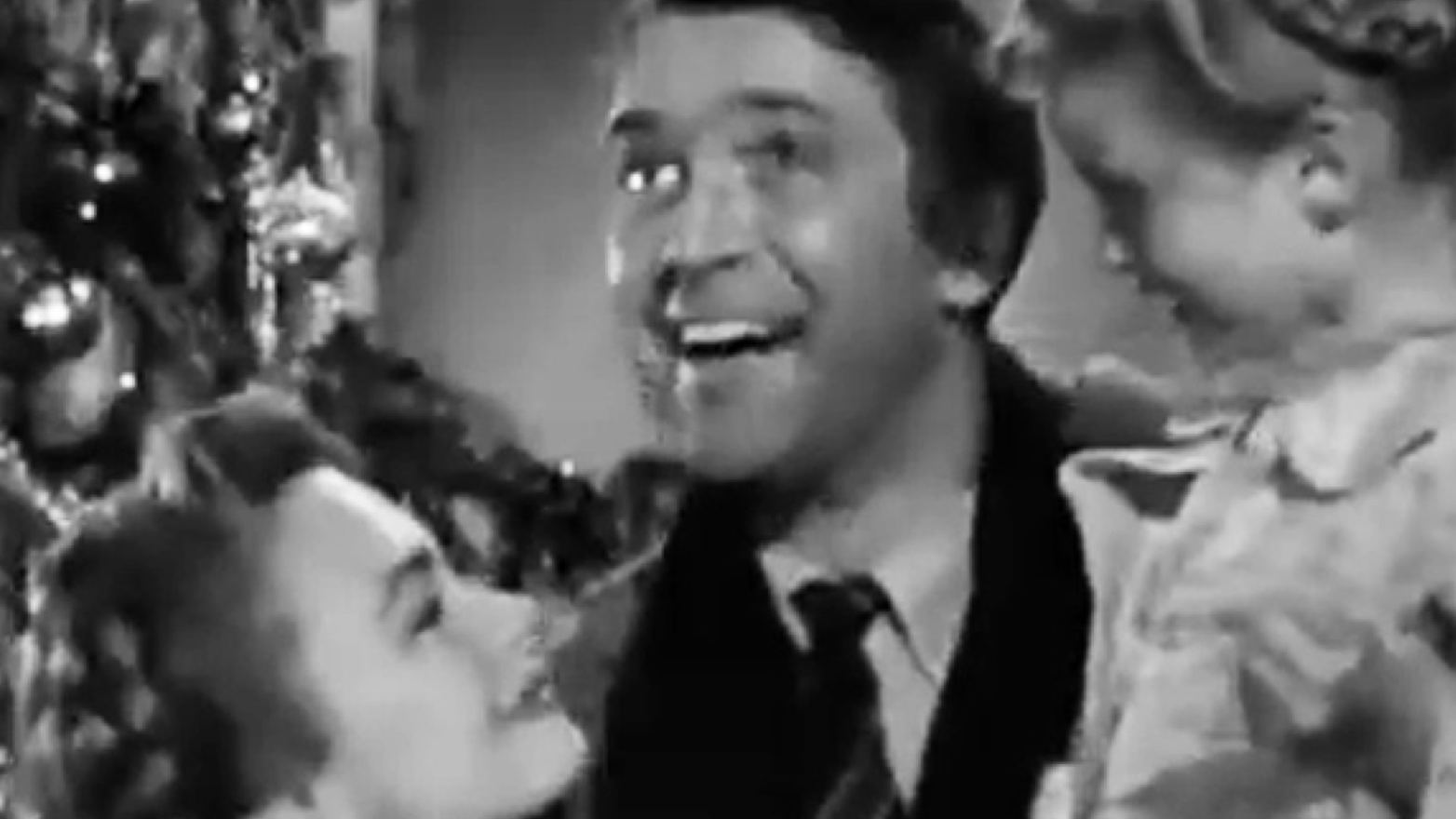This Is Why You’re Festive

Sam Hill
1st December 2011
Today we launched This Is Why You’re Festive, a combined advent calendar and high-street sandwich review blog. Updates’ll be posted daily on @PAN_studio. The project leads on from some exploration we’ve been doing into experience and food. The premise is as follows:
“…For the grown adult sans offspring, the wonder and nostalgia of a childhood Christmas really only lives on through the tastes, sights and smells of a decent Christmas Dinner – a magical combination of sausages wrapped in bacon, cheese wrapped in bacon, roasties, sprouts and turkey.
Many supermarkets, coffee franchises and fast food establishments have cottoned on to this gustatory link to the past and have attempted to commodify it, portioning out festive joy in the form of pre-packaged, mayonnaise saturated turkey sandwiches.
Which begs the question: which off-the-shelf festive foodstuff best conjures up an authentic and sincere *Christmassy* feeling?”
What constitutes a “Christmassy feeling”?
Feeling “festive” (in the platonic sense) is obviously going to be subjective and varied. So to be a bit more specific – how do you describe that typical cocktail of emotions felt as a young (santa fearing) kid, in the west, in the run up to Christmas?
There are two parts – the anticipation, which starts around about the first of December (or after Guy Fawkes/ Thanksgiving) and builds until the frenzied insomnia of Christmas eve, and the climactic release on Christmas morning, with the opening of presents, chocolate, visiting of family, dinner and other rituals.
Arguably, the cocktail is greater than the sum of it’s parts: the “Christmas feeling” is a hybrid of excitement, anticipation, wonder, receipt of attention and family love and a faith in magic. It’s enforced by natural cues (darker nights, frost, fog, occasionally snow) and cultural ones (advertisements, decorations, school holidays, religious activity etc.). It’s difficult to imagine a parallel state of mind, it might as well be a discreet emotion in it’s own right.
Designing the Feeling of Christmas
It’s no wonder then that we make efforts to recreate this state as adults, even through the paltry gestures of packaged sandwiches. Unfortunately conditions change – the faith in magic is lost; expectations are lowered and tempered by the politics and etiquette of gift-giving; prolonged family interactions can cause stress; we worry about what we eat; social expectations must be met – there is an obligation to perform in certain ways.
It’s curious then, to imagine how an emotional state as powerful as a “Christmas feeling” could be authentically induced in adults. Not a rehash of jaded childhood values, but something adapted to subvert the socially matured and pragmatic mindset. Schmaltzy festive cinema does this to a small extent, but as a medium it’s hardly engaging enough to illicit a lasting effect.

